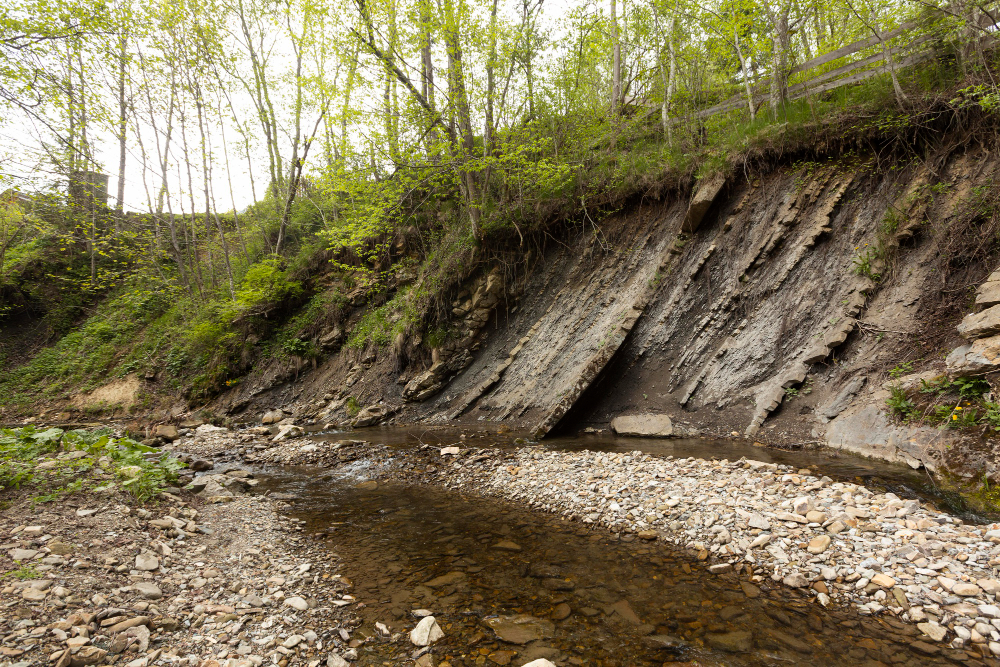Groundwater, the hidden treasure beneath our feet, plays a crucial role in sustaining ecosystems, supporting agriculture, and supplying drinking water to communities around the world. However, as demand for water continues to rise and aquifers are overexploited, groundwater depletion has become a pressing issue with far-reaching consequences. Among the myriad of impacts, one of the most significant is its effect on streams and water quality.
Altered Streamflow Patterns
Groundwater depletion can disrupt the natural flow patterns of streams and rivers, leading to reduced water levels and altered hydrological regimes. As groundwater levels decline, baseflow—the portion of streamflow sustained by groundwater discharge—diminishes, resulting in lower streamflow during dry periods. This reduction in baseflow can have profound implications for aquatic ecosystems, affecting habitat availability, species composition, and overall ecosystem health.
Diminished Ecological Integrity
Streams and rivers rely on a delicate balance of water quantity and quality to support diverse aquatic life forms. Groundwater depletion can disrupt this balance, leading to habitat degradation, loss of biodiversity, and declines in fish populations. Reduced flow and increased water temperatures resulting from groundwater extraction can exacerbate stress on aquatic organisms, making them more susceptible to disease, predation, and other threats.
Impaired Water Quality
Groundwater depletion can also impact water quality in streams and rivers by altering the flow of contaminants and pollutants. As groundwater levels decline, contaminants previously trapped beneath the surface may migrate towards surface water bodies, contaminating streams and rivers. Additionally, reduced baseflow can concentrate pollutants in surface water, further compromising water quality and posing risks to human health and the environment.
Changes in Thermal Regimes
Groundwater serves as a thermal buffer, moderating temperature fluctuations in streams and rivers and providing refuge for cold-water species during warm periods. However, groundwater depletion can disrupt this thermal regulation, leading to increased water temperatures and thermal stress on aquatic organisms. Elevated water temperatures can reduce oxygen levels, increase the prevalence of algal blooms, and degrade habitat quality, posing significant challenges for aquatic ecosystems.
Loss of Riparian Vegetation
Riparian zones, the transitional areas between terrestrial and aquatic ecosystems, play a vital role in maintaining stream health and water quality. Groundwater depletion can lead to the loss of riparian vegetation, as declining water tables restrict the availability of moisture to plants. Without the stabilizing influence of riparian vegetation, streams and rivers are more susceptible to erosion, sedimentation, and nutrient runoff, further compromising water quality and habitat integrity.
Increased Salinity and Nutrient Loading
Groundwater depletion can exacerbate salinity and nutrient loading in streams and rivers, particularly in arid and semi-arid regions. As groundwater levels decline, saline groundwater may intrude into surface water bodies, increasing salinity levels and affecting water quality. Additionally, reduced baseflow can concentrate nutrients such as nitrogen and phosphorus in surface water, leading to eutrophication, algal blooms, and degraded aquatic ecosystems.
Preserving the Lifeblood of Ecosystems
Groundwater depletion poses significant challenges to the health and vitality of streams and rivers, threatening aquatic ecosystems and water quality. To address these challenges, sustainable groundwater management practices are essential, including measures to reduce water demand, increase water efficiency, and protect aquifer recharge areas. By safeguarding groundwater resources and prioritizing the health of aquatic ecosystems, we can ensure the resilience and sustainability of our water systems for generations to come. Let us join hands in preserving the lifeblood of ecosystems and fostering a future where streams flow freely and water quality thrives.
